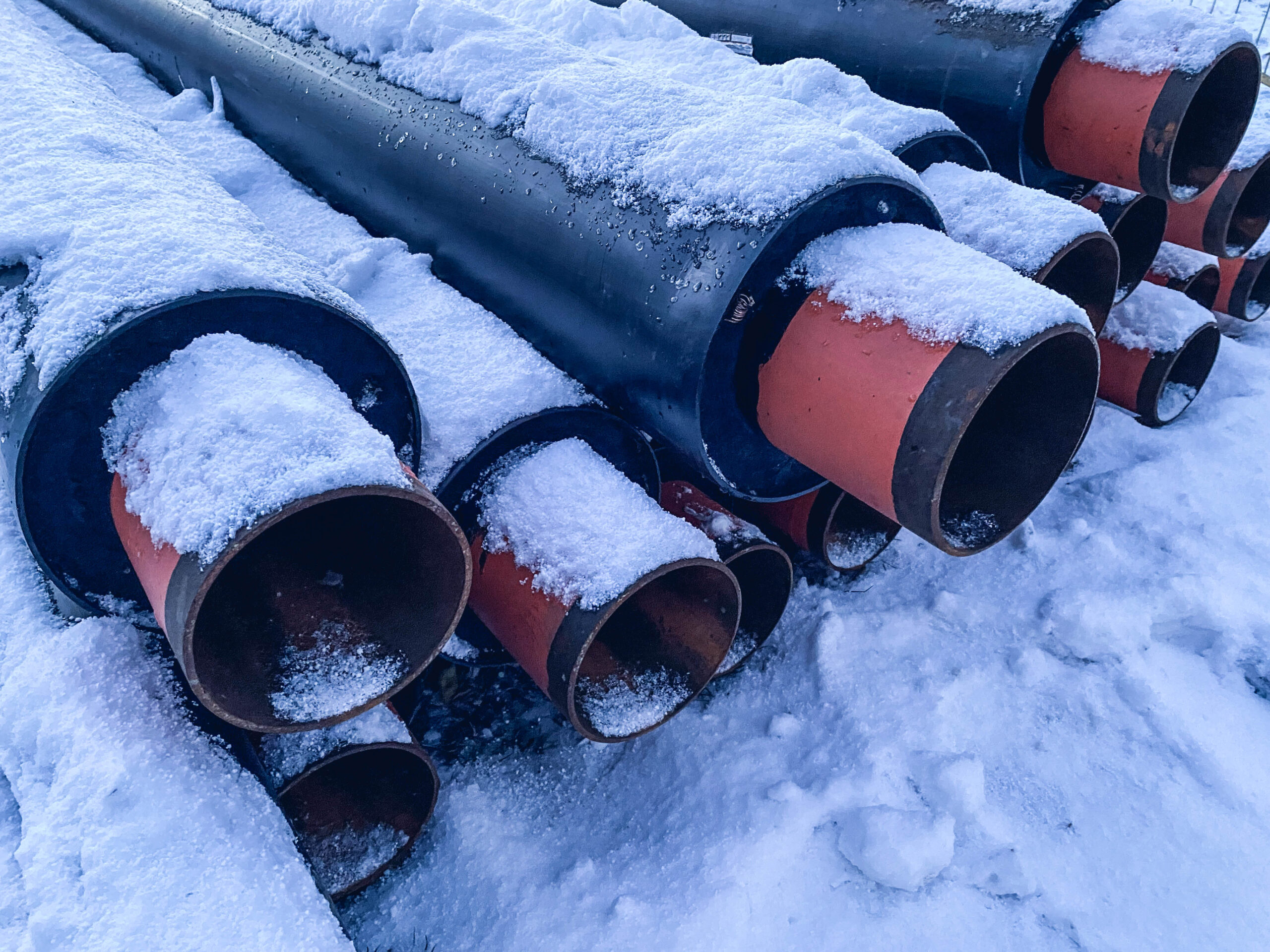Practical Solutions To Unfreeze Water Pipes In Your Home

Dealing with frozen water pipes is a common issue for many homeowners during the colder months. Knowing how to unfreeze water pipes effectively is essential to prevent potential damage and ensure the smooth functioning of your plumbing system. This comprehensive guide will provide practical solutions on how to unfreeze pipes, along with important considerations regarding the use of ice melts.
Identifying Frozen Pipes
The first step in how to unfreeze water pipes is to identify which pipes are frozen. You may notice reduced water flow or no flow at all. Frozen pipes are often found in unheated interior areas such as basements, attics, or along exterior walls.
Opening Faucets
Before attempting to thaw the pipes, open the faucets connected to them. This action helps relieve any built-up pressure in the pipes and allows water to flow once the ice starts to melt, reducing the risk of burst pipes.
Applying Heat To Thaw The Pipe
To thaw a frozen pipe, apply heat to the affected area. This can be done using various methods:
- Hair Dryer: One of the easiest ways is to use a hair dryer. Start near the faucet and work your way down to the coldest part of the pipe.
- Heating Pad or Towels: Wrap a heating pad or towels soaked in hot water around the pipe. This method provides a gentle thawing process.
- Portable Heater: Place a portable space heater near the pipe. Ensure it’s safely positioned and not near any flammable materials.
- Electrical Heat Tape: Apply electrical heat tape directly to the pipe, following the manufacturer’s instructions.
Safety Precautions
When thawing pipes, avoid using open flames, such as blowtorches or propane heaters, as these can damage the pipes and pose serious fire hazards. Also, be cautious with electrical devices near water.
Checking For Leaks
After thawing the pipes, check for any leaks. Freezing can cause pipes to crack or burst, so it's crucial to identify and repair any damage immediately to prevent water damage.
Preventing Frozen Pipes
When considering “how to unfreeze water pipes” in the future, consider the following measures:
- Insulate Pipes: Properly insulate pipes, especially those in vulnerable areas.
- Seal Cracks and Openings: Seal any cracks and openings in walls and foundations to prevent cold air from reaching the pipes.
- Keep a Steady Temperature: Maintain a consistent temperature in your home, even at night or when you’re away.
- Let Faucets Drip: Allowing a trickle of water to flow through the pipes can prevent freezing.
Negatives Of Using Salt And Chloride-Based Ice Melt
It's important to note the drawbacks of using salt and chloride-based ice melts. These substances can be corrosive to pipes and fixtures, leading to damage over time. They also pose environmental risks, such as soil contamination and harm to vegetation and aquatic life.
Using Safe Paw For Deicing
Instead of salt-based ice melts, consider using Safe Paw, a chloride-free and toxin-free ice melt. Safe Paw is safe for use around pets and children and doesn't pose the same risks of corrosion and environmental harm as traditional ice melts. It's effective in low temperatures, ensuring that areas around your home remain ice-free without causing damage to your plumbing system.
Conclusion
Frozen water pipes can be a challenging issue, but with the right techniques and precautions, you can safely and effectively unfreeze them. By following these practical solutions and opting for environmentally friendly products like Safe Paw, you can tackle frozen pipes while protecting your home and the environment. Remember, prevention is key, so take steps to insulate and protect your pipes before the cold weather sets in.
https://safepaw.com/practical-solutions-to-unfreeze-water-pipes-in-your-home/
Comments
Post a Comment